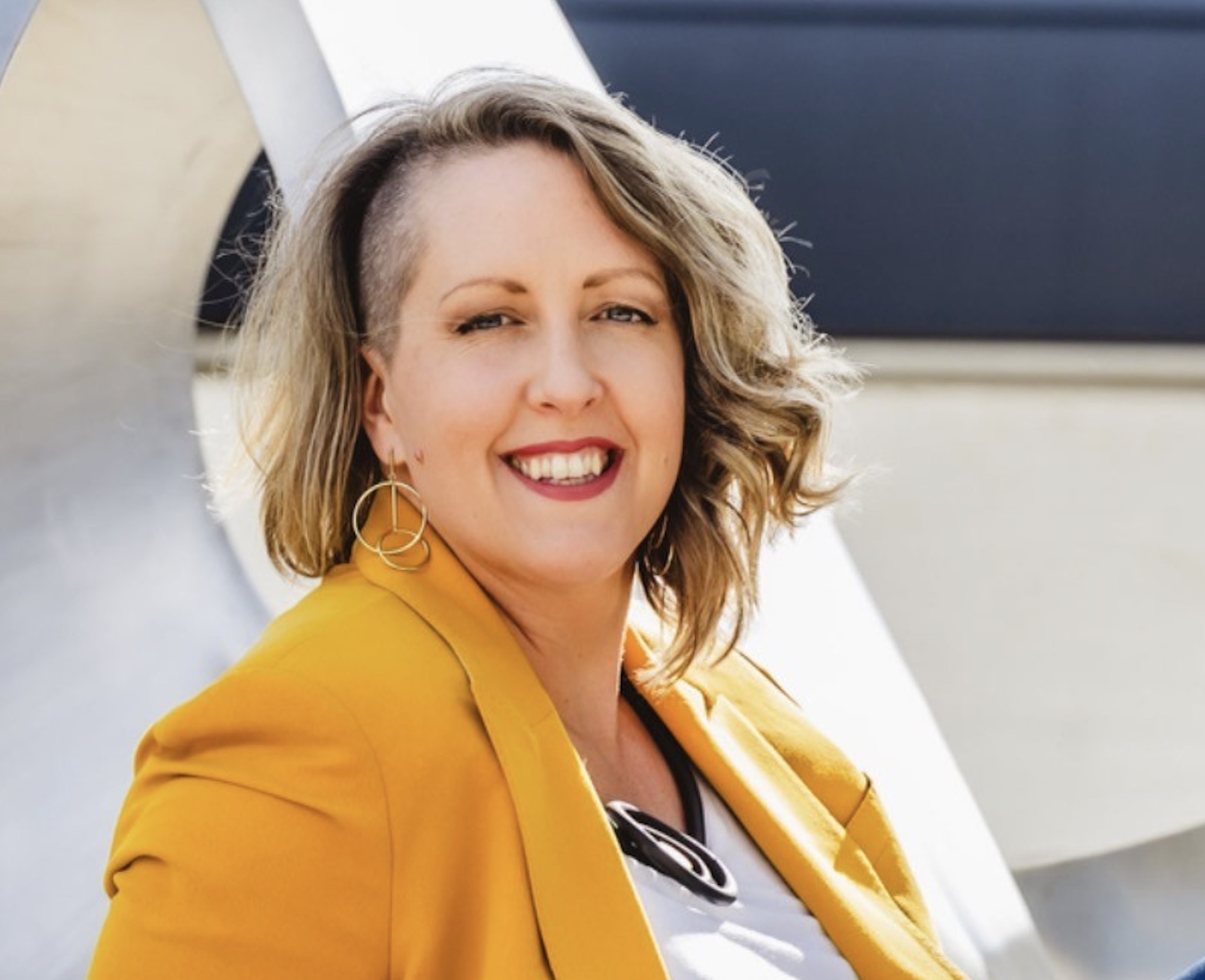Sarah Brason: The Gender Gap in Creative Leadership – An Unfinished Story

Written by Sarah Brason, London-based Creative Director and Brand Amplifier.
I am super proud of the role I play as a woman in the creative Industry. It’s a vibrant sector representative of diverse ideas, cultures, and perspectives and should be a beacon of inclusivity and innovation. Yet, when we examine the leadership within our sector, a glaring gender gap emerges. Despite the significant contributions women make to the arts, media, advertising, and entertainment, their representation in leadership roles remains disproportionately low. This disparity is not only a social injustice but also a missed opportunity for enriching the creative industry with diverse viewpoints and talents.
Statistics Paint a Stark Picture
To understand the gravity of the issue, I wanted to delve into some up-to-date statistics from 2024. According to a recent report by McKinsey & Company, women now hold 39% of managerial positions in the media and entertainment sector, showing a slight improvement from previous years. However, the situation at the senior leadership level remains concerning.
Only 26% of C-suite positions in this sector are occupied by women.
In the advertising industry, the numbers still reflect a significant gender imbalance. The Institute of Practitioners in Advertising (IPA) reported that women hold 32% of executive positions in UK advertising agencies as of 2024. While this is a marginal increase, it is far from the parity needed. Additionally, Creative Equals found that only 14% of creative directors are women, indicating slow progress in achieving gender equality in creative leadership roles.
The Root Causes: Unpacking the Barriers
Understanding the reasons behind this gender gap is crucial to addressing it effectively. One significant barrier is the pervasive culture of bias and stereotyping. Women often face subconscious biases that question their competence and leadership abilities, particularly in fields traditionally dominated by men. These biases can manifest in various ways, from fewer mentorship opportunities to exclusion from critical decision-making processes.
A study by the Geena Davis Institute on Gender in Media found that women are significantly underrepresented in key creative roles, not just on screen but also behind the scenes. This underrepresentation perpetuates a cycle where women have fewer role models and mentors, making it harder for aspiring female creatives to envision themselves in leadership positions. In my career, which spans over 2 decades, I have had not one female Creative Director. How about you?
Additionally, the lack of supportive policies for work-life balance disproportionately affects women, who often shoulder a larger share of caregiving responsibilities. Flexible working arrangements, parental leave policies, and affordable childcare options are essential for enabling more women to pursue and sustain careers in the creative industries.
Voices from the Frontline: Quotes from Female Leaders
Hearing from women who have navigated these challenges provides valuable insights and inspiration. Ava DuVernay, an acclaimed director and producer, once said, “There’s a moment where you have to choose whether to be silent or to stand up.” DuVernay’s work, which includes ground-breaking projects like “Selma” and “A Wrinkle in Time,” exemplifies how female leaders can bring unique and powerful narratives to the forefront when given the opportunity.
Similarly, Shonda Rhimes has often spoken about the importance of representation. “It’s hard to be what you can’t see,” Rhimes remarked, emphasising the need for visible female role models in leadership positions within the creative industry.
The Way Forward: Embracing Diversity and Inclusion
Addressing the gender gap in creative leadership requires a multi-faceted approach. Organisations must commit to creating inclusive cultures where diverse voices are not just heard but valued. Implementing mentorship programs, providing leadership training for women, and establishing clear pathways for career advancement are crucial steps.
Moreover, policies that support work-life balance, such as flexible working hours and parental leave, can make a significant difference. Companies should also actively combat bias by fostering environments where merit, rather than gender, dictates career progression. Continue reading on SarahBrason.com…
For more information or to contact Sarah Brason, please check out her website here and her LinkedIn Profile here.
